The World Around summit imagines a different, better future
The World Around summit explores issues of environmental and racial justice, indigenous rights and public health
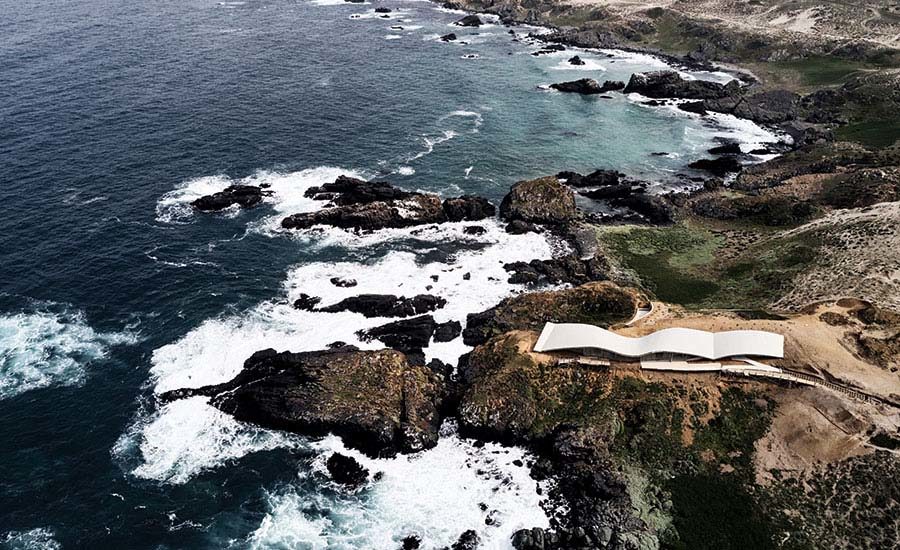
‘To live in a different future, we have to imagine one first,' said Beatrice Galilee, co-founder of architectural non-profit The World Around, as she opened the organisation’s second annual summit from the Guggenheim Museum in New York last Saturday. ‘We have to hear and we have to see and we have to listen to others,' she continued. This simple, but far-reaching exhortation was very much what the day was about; listening, considering and exploring topics, such as environmental and racial justice, indigenous rights and public health through 20 architecture and design projects presented through animations, films, discussions and interviews.
Divided into three sessions – called Pollinators, Keepers and Builders – speakers included architects and designers but also filmmakers, researchers, anthropologists, journalists and artists. We found out about a pioneering new natural building material being developed by Dubai-based architects and designers waiwai that is inspired by the crystallised salt and minerals that form the UAE’s remarkable Sabkha (salt flats) and made out of the waste brine created by the many water desalination plants in the region. We learnt from critic Alice Rawsthorn of the design ingenuity that had marked the Covid19 pandemic thus far.
We explored the new digital iteration of the Sámi Architecture Library installation created by Norway-based indigenous architect and artist Joar Nango. We met Sumayya Vally of Counterspace, a Johannesburg-based practice that has been chosen as the upcoming Serpentine Pavilion designer. We also heard David Adjaye, Ryūe Nishizawa, Francis Kéré and SO—IL speak about current and recent projects.
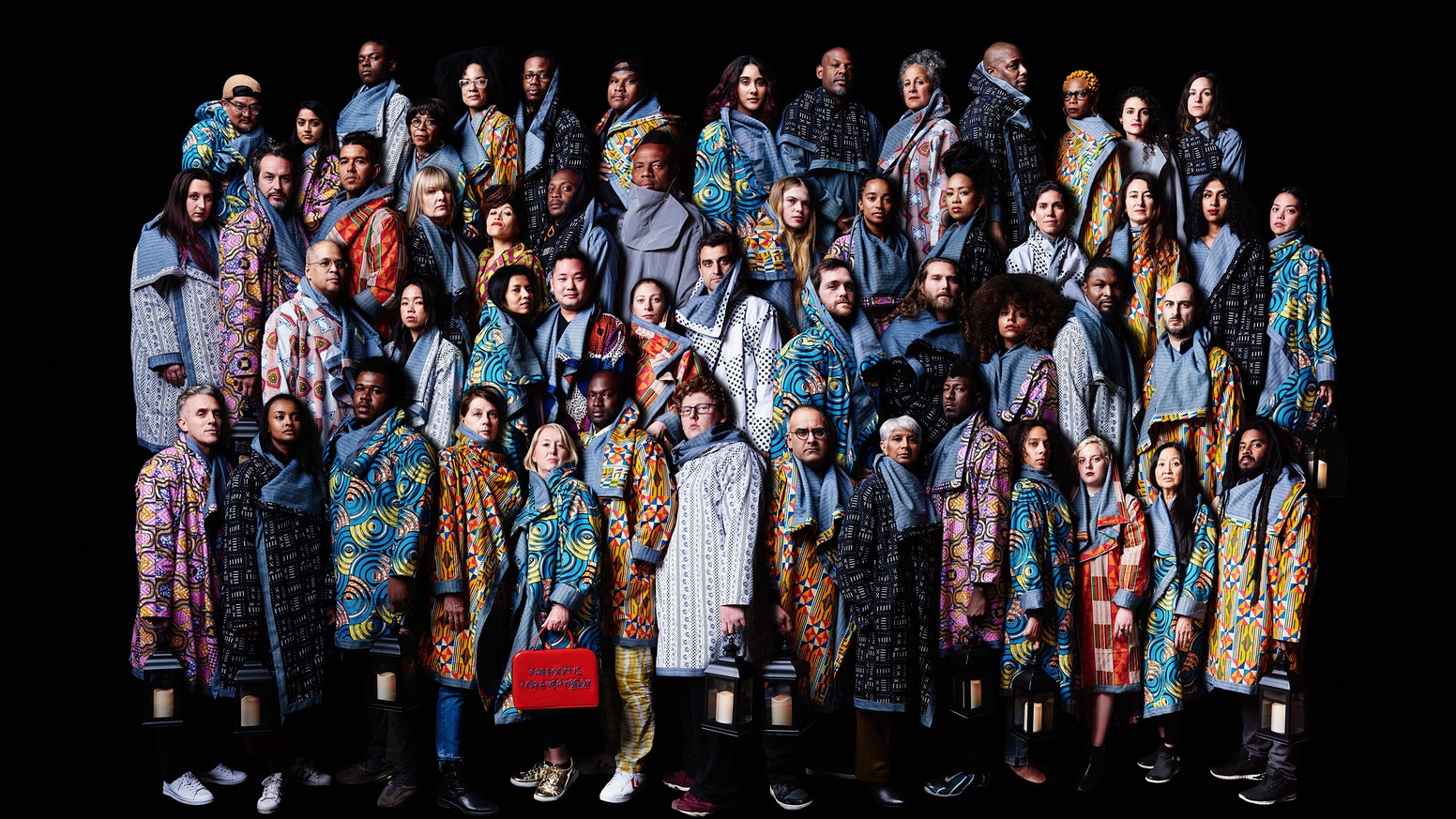
For Freedoms / Wide Awakes.
The Covid-19 pandemic affected the summit’s contents and its format, but moving online did not appear to be detrimental, quite the opposite. ‘It allowed me to think so much more creatively about who to invite and how to ask them to talk about their work and ideas,' explained Galilee. ‘Working with film allows storytelling in a way that is quite different than the more conventional system of a lot of people in a room and one person on a stage. It allows us to have groups, collectives, animation. It means people can talk in their first language.' It also meant the speakers and audience could be anywhere in the world and not be hindered by the possibility (or not) of travel on a specific date.
RELATED STORY

For an event that aims to amplify equitable and civic-minded architectural projects, that sort of access was undoubtedly a game-changer and proved liberating for all, whether the speaker was widely known or not. The World Around encouraged attendees to speak about the issues that mattered most to them instead of presenting a controlled, polished or finished image of a project, as would have happened in a magazine or exhibition said Galilee. ‘I love to hear directly from the designer about the back story of a building: the brief, the client, the context, the problems and the material, political and philosophical decisions that guide its design,' she continued.
By interspersing project talks by architects and designers with presentations by activists, artists and social scientists whose work examines the city through the lens of social and racial justice, The World Around showed how much the way we inhabit and operate in our cities and spaces conditions what they are or can become. Because the ‘other’ big crisis of the moment, as Buenos-Aires-based collective El Futuro Imposible put it in their wonderful animated presentation, is undoubtedly ‘a crisis of imagination.'
A potential path of resistance to that crisis was offered by the closing live town hall session with NY-based artist led-organisation For Freedoms whose Wide Awakes project is named after the youth movement who used song, art and rallies to push for the abolition of slavery in the 1860s. They spoke upliftingly of the empowerment gained through appropriating that most contested of spaces, the street, ‘our theatre' as they put it, and doing so with joy. The street is a place where change can happen they all agreed. And it brought us back to the summit’s introductory premise: if we can envision a different future, we can also push harder to create one.
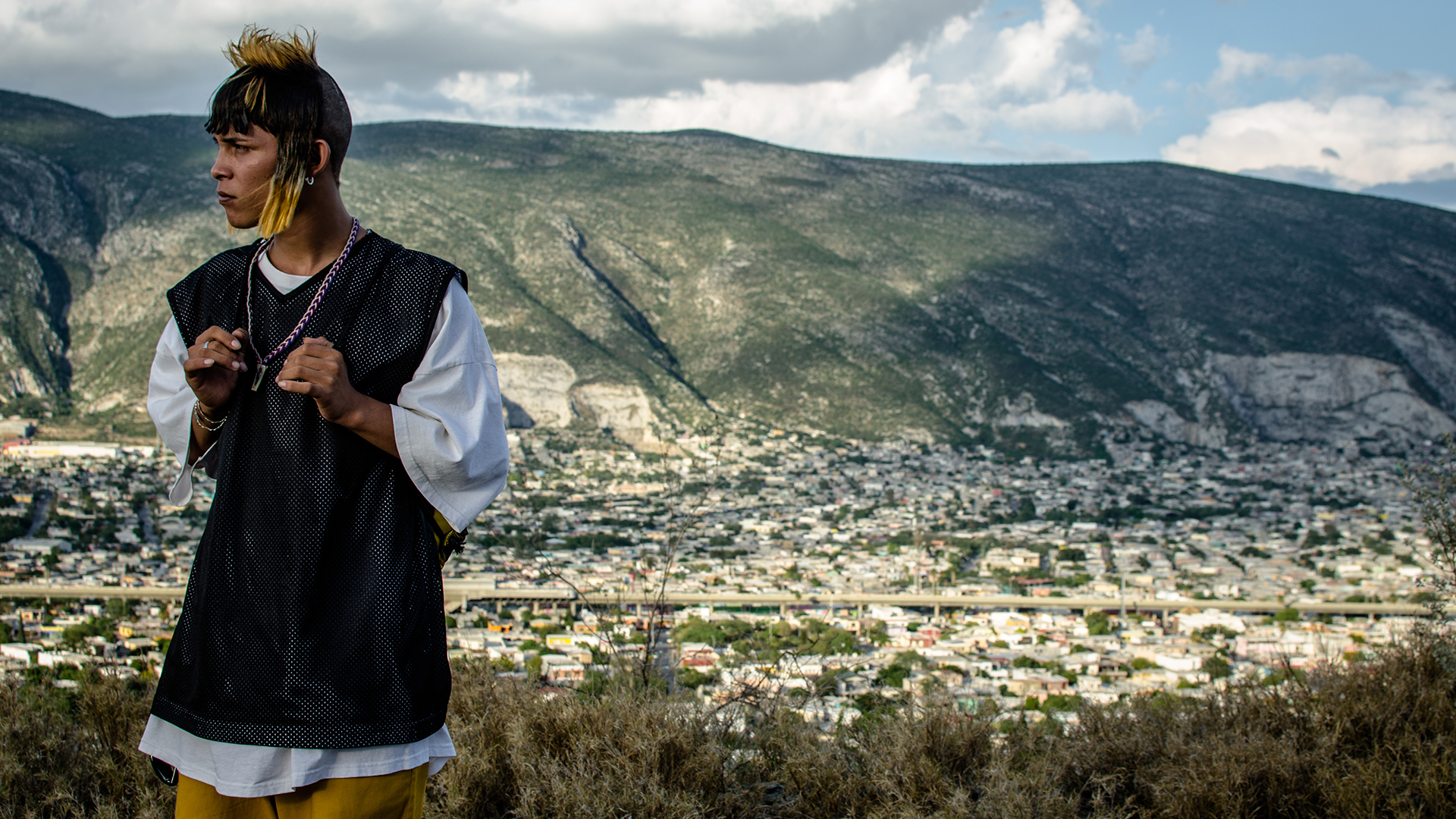
Fernando Frías' Ya No Estoy Aquí.
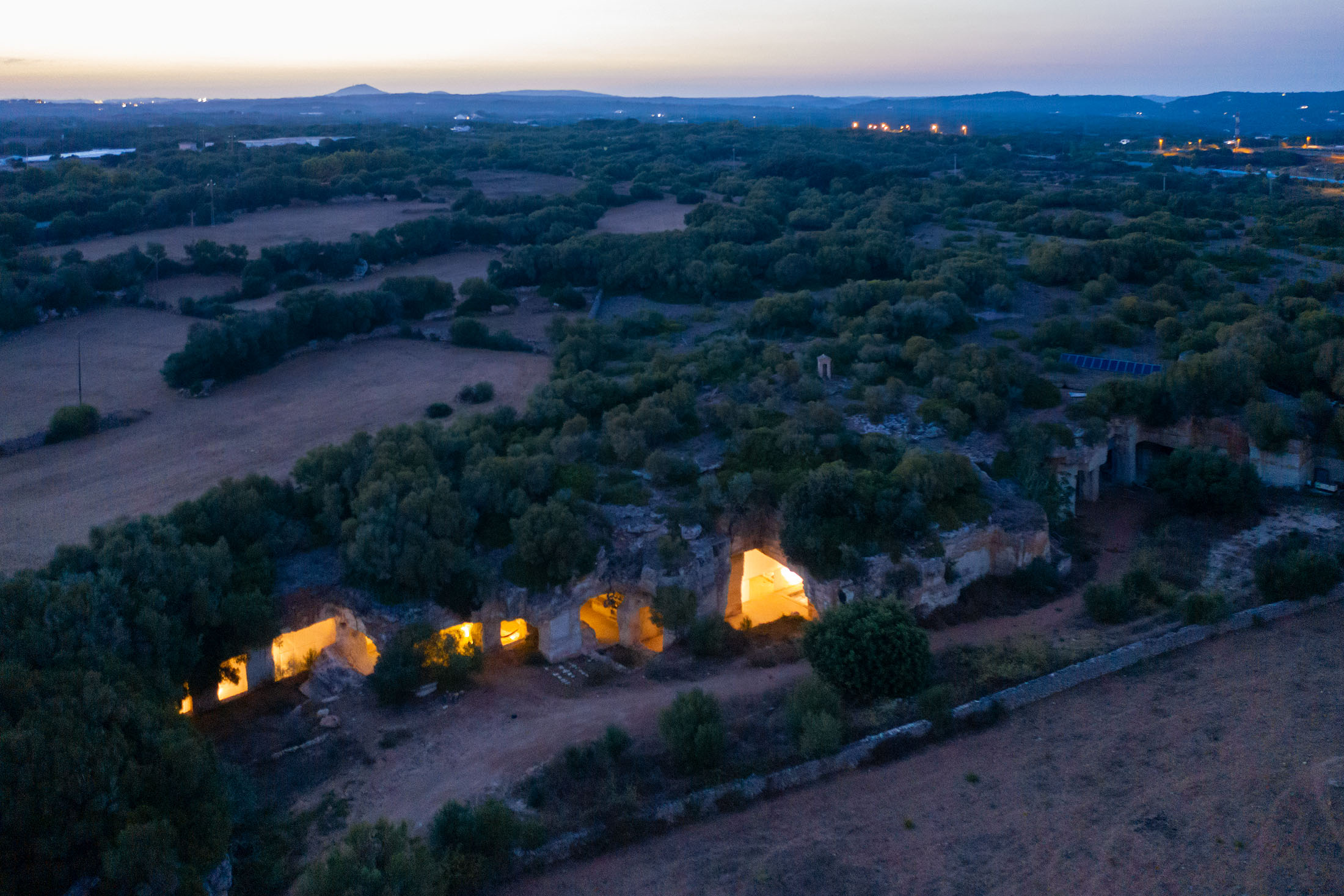
Ensamble Studio's Ca'n Terra.
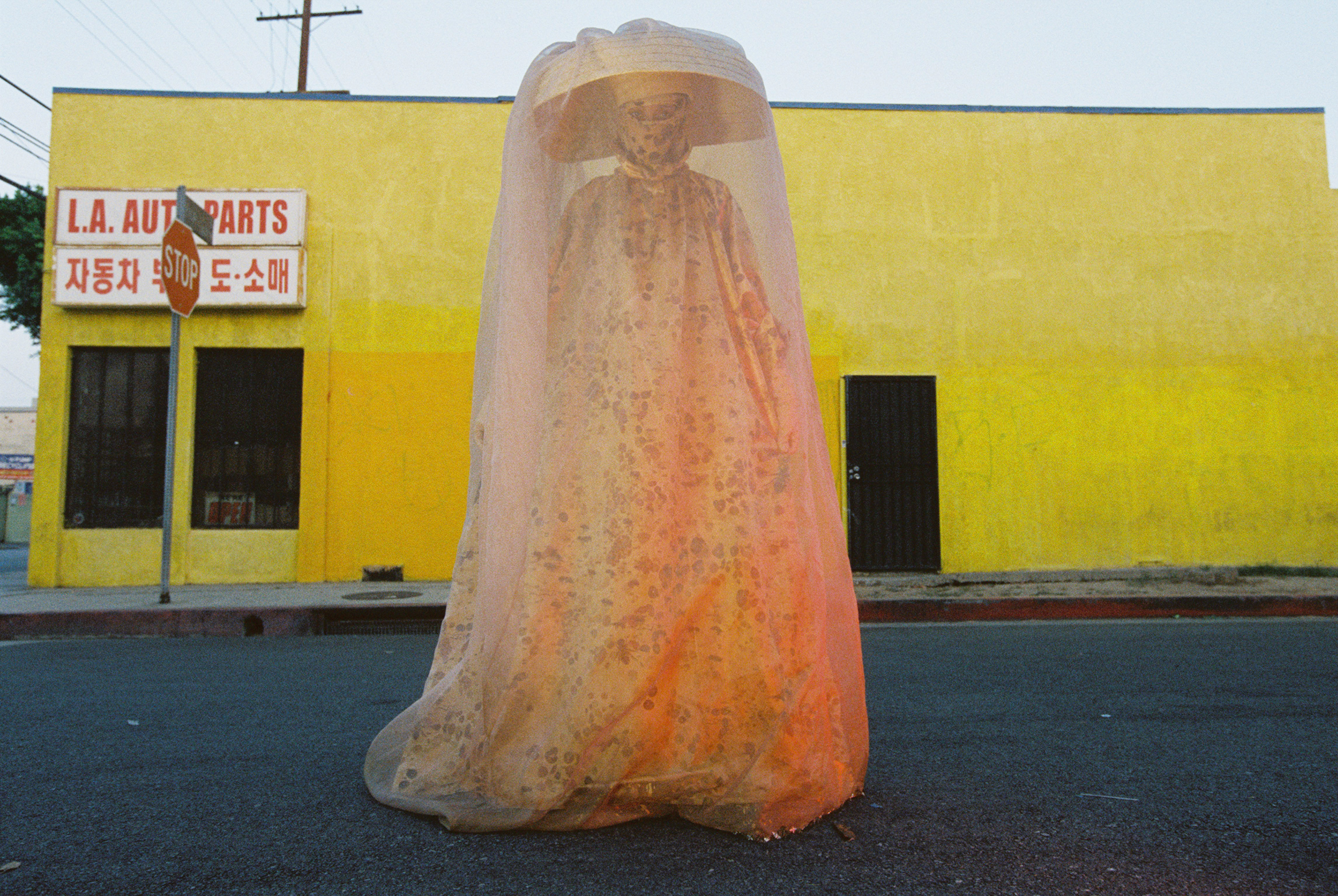
Planet City (2020), Directed by Liam Young. Pictured here is the High Altitude Bot Herder. Costume Direction Ane Crabtree, Costume Artist Aneesa Shami, Mask Artist Liam Young. Modelled by David Freeland Jr.
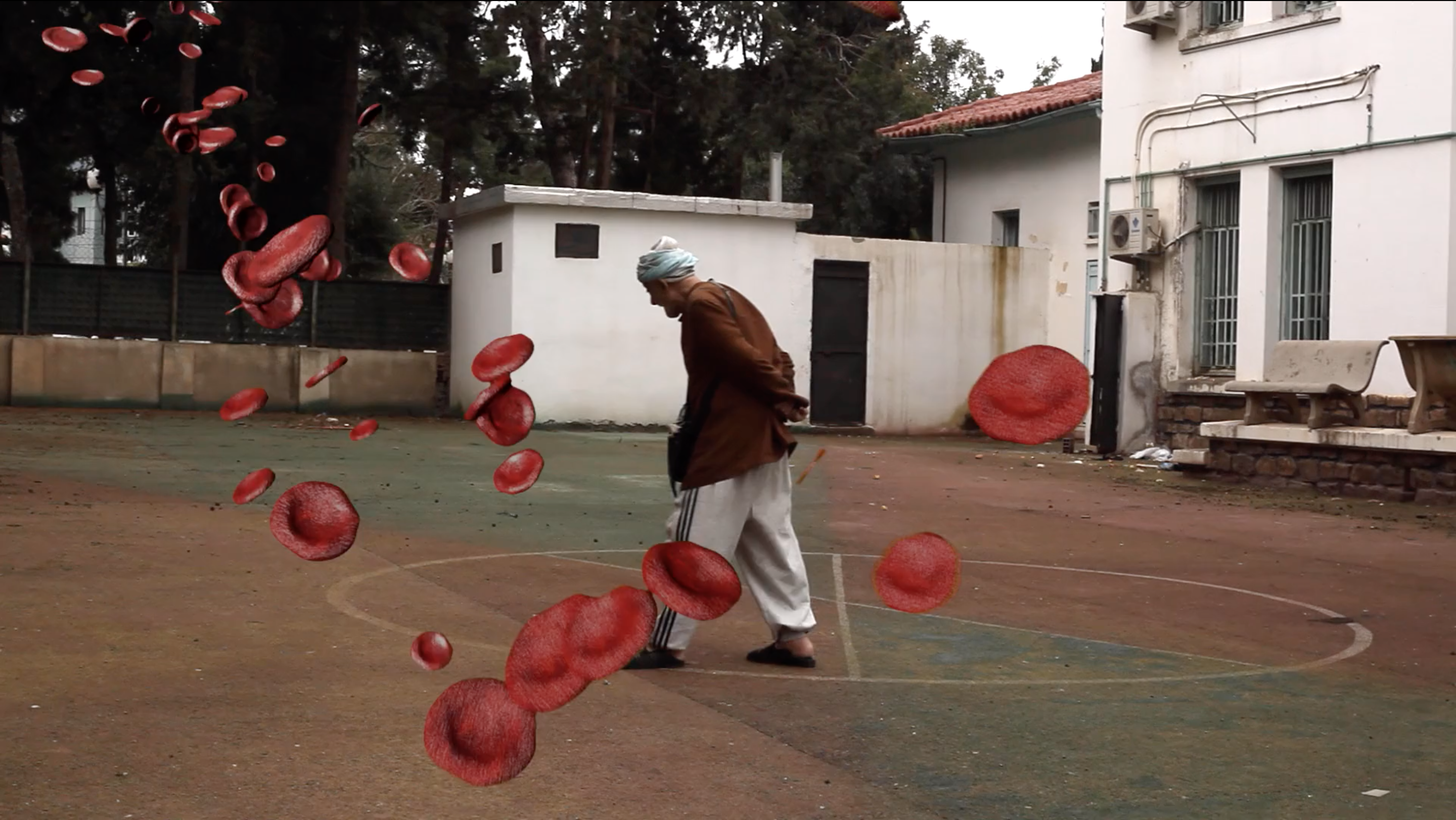
Alia Farid's The Space Between Classrooms. The film is co-commissioned by FACT and Liverpool Biennial.
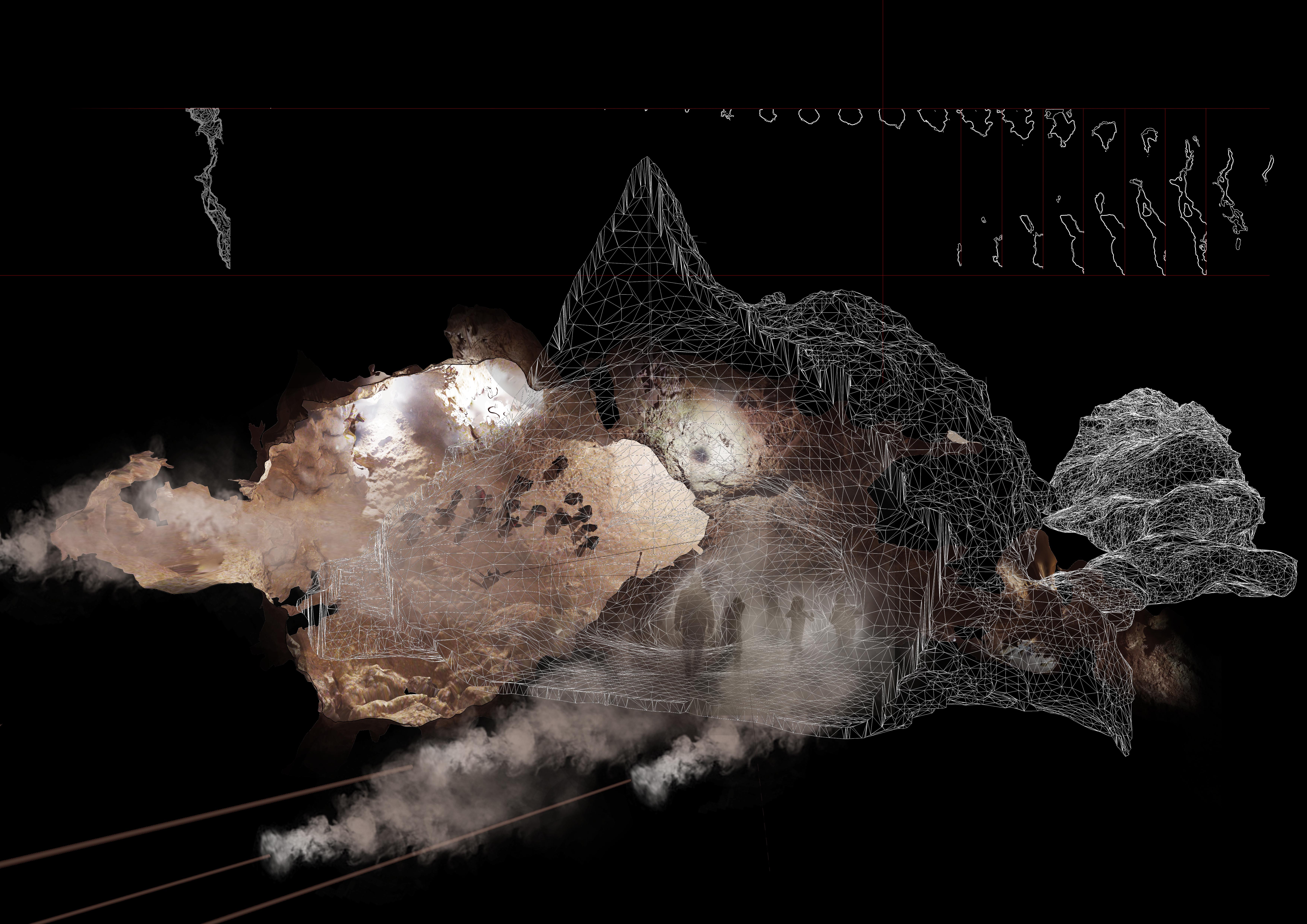
Cave_Bureau's Museum of Anthropocene. Image: Cave_Bureau
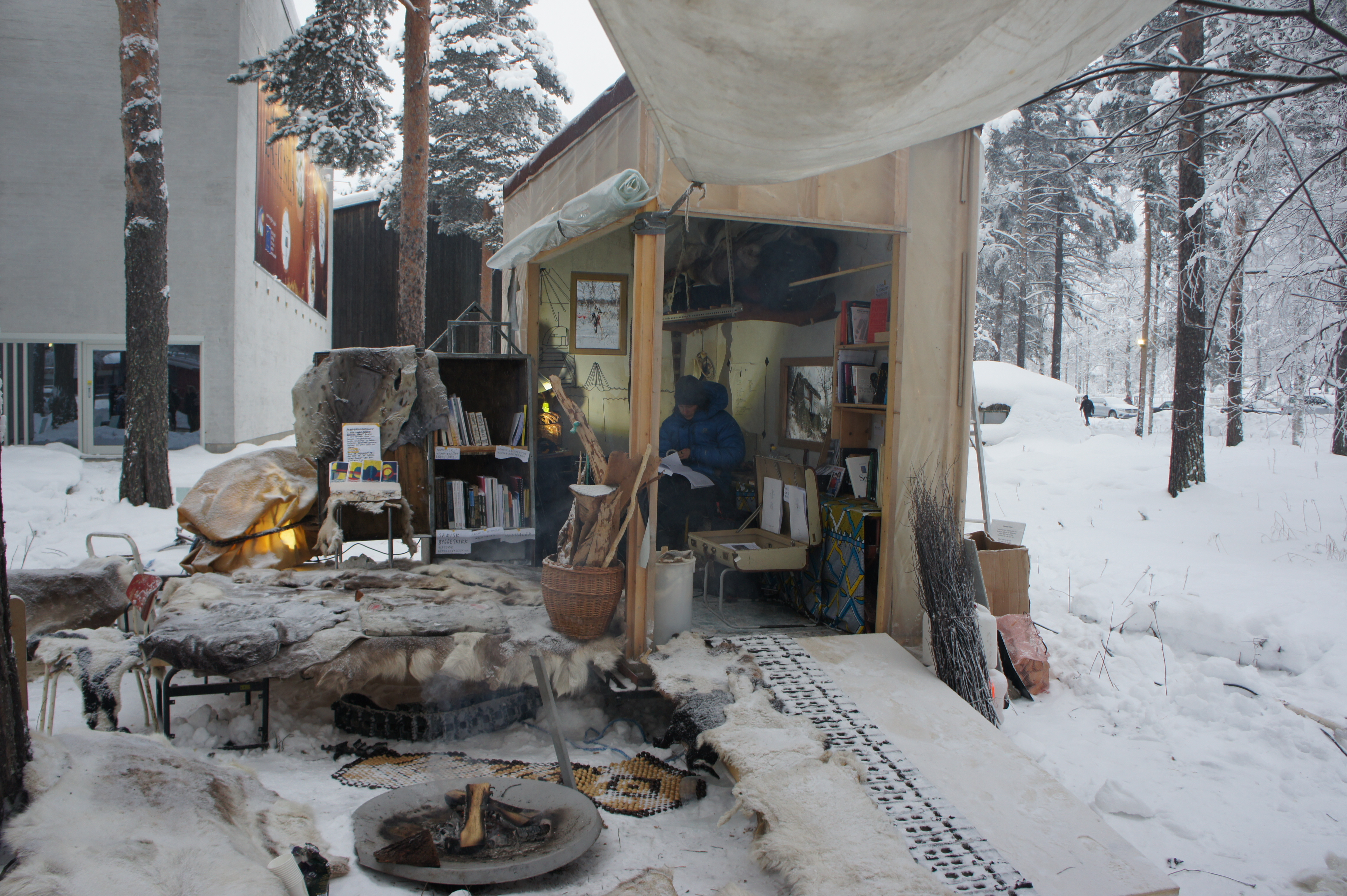
Joar Nango's ArkDes - Kiruna Forever and Girjegumpi.
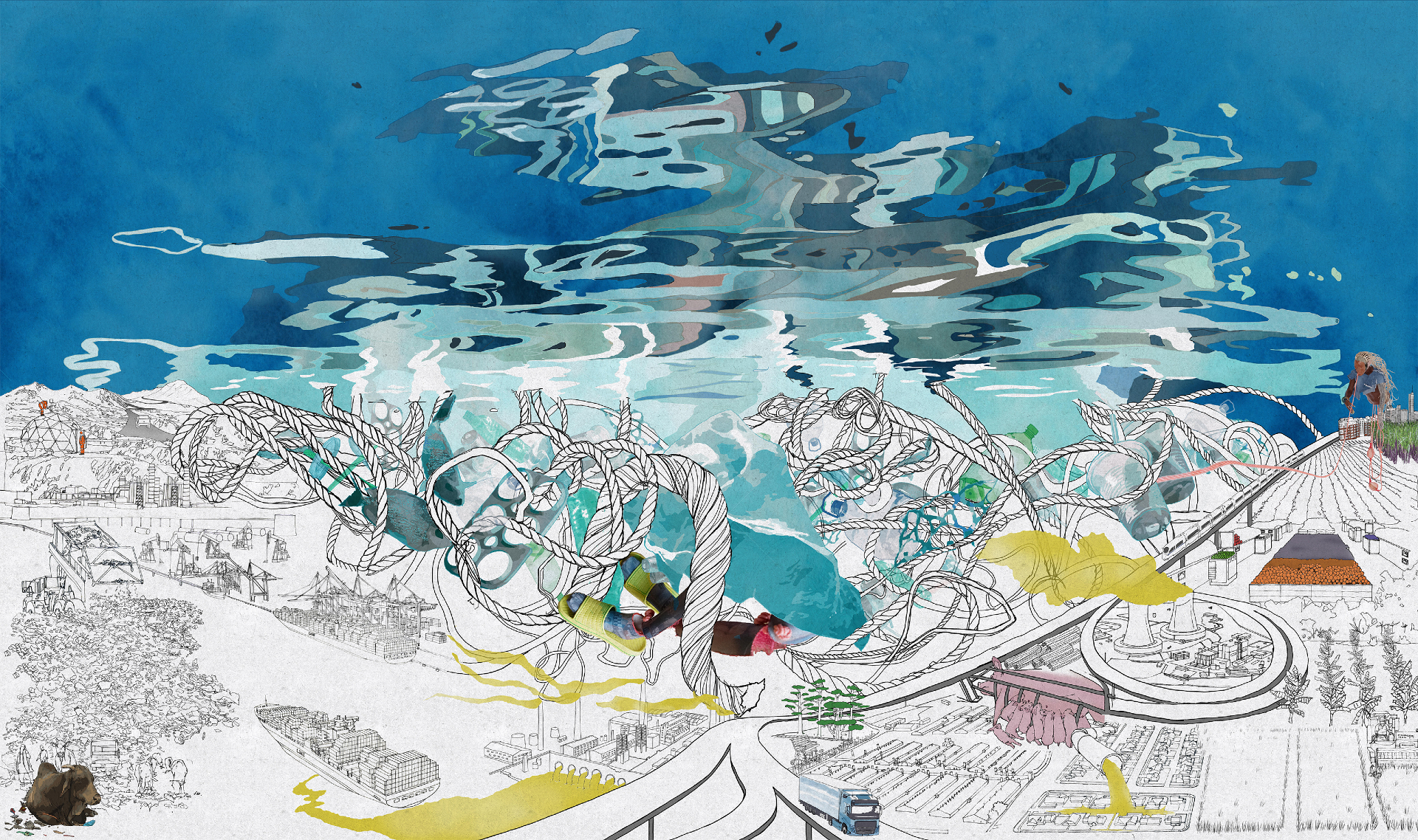
Feral Atlas. Image: Feifei Zhou
INFORMATION
Wallpaper* Newsletter
Receive our daily digest of inspiration, escapism and design stories from around the world direct to your inbox.
Giovanna Dunmall is a freelance journalist based in London and West Wales who writes about architecture, culture, travel and design for international publications including The National, Wallpaper*, Azure, Detail, Damn, Conde Nast Traveller, AD India, Interior Design, Design Anthology and others. She also does editing, translation and copy writing work for architecture practices, design brands and cultural organisations.
-
 Japan in Milan! See the highlights of Japanese design at Milan Design Week 2025
Japan in Milan! See the highlights of Japanese design at Milan Design Week 2025At Milan Design Week 2025 Japanese craftsmanship was a front runner with an array of projects in the spotlight. Here are some of our highlights
By Danielle Demetriou
-
 Tour the best contemporary tea houses around the world
Tour the best contemporary tea houses around the worldCelebrate the world’s most unique tea houses, from Melbourne to Stockholm, with a new book by Wallpaper’s Léa Teuscher
By Léa Teuscher
-
 ‘Humour is foundational’: artist Ella Kruglyanskaya on painting as a ‘highly questionable’ pursuit
‘Humour is foundational’: artist Ella Kruglyanskaya on painting as a ‘highly questionable’ pursuitElla Kruglyanskaya’s exhibition, ‘Shadows’ at Thomas Dane Gallery, is the first in a series of three this year, with openings in Basel and New York to follow
By Hannah Silver
-
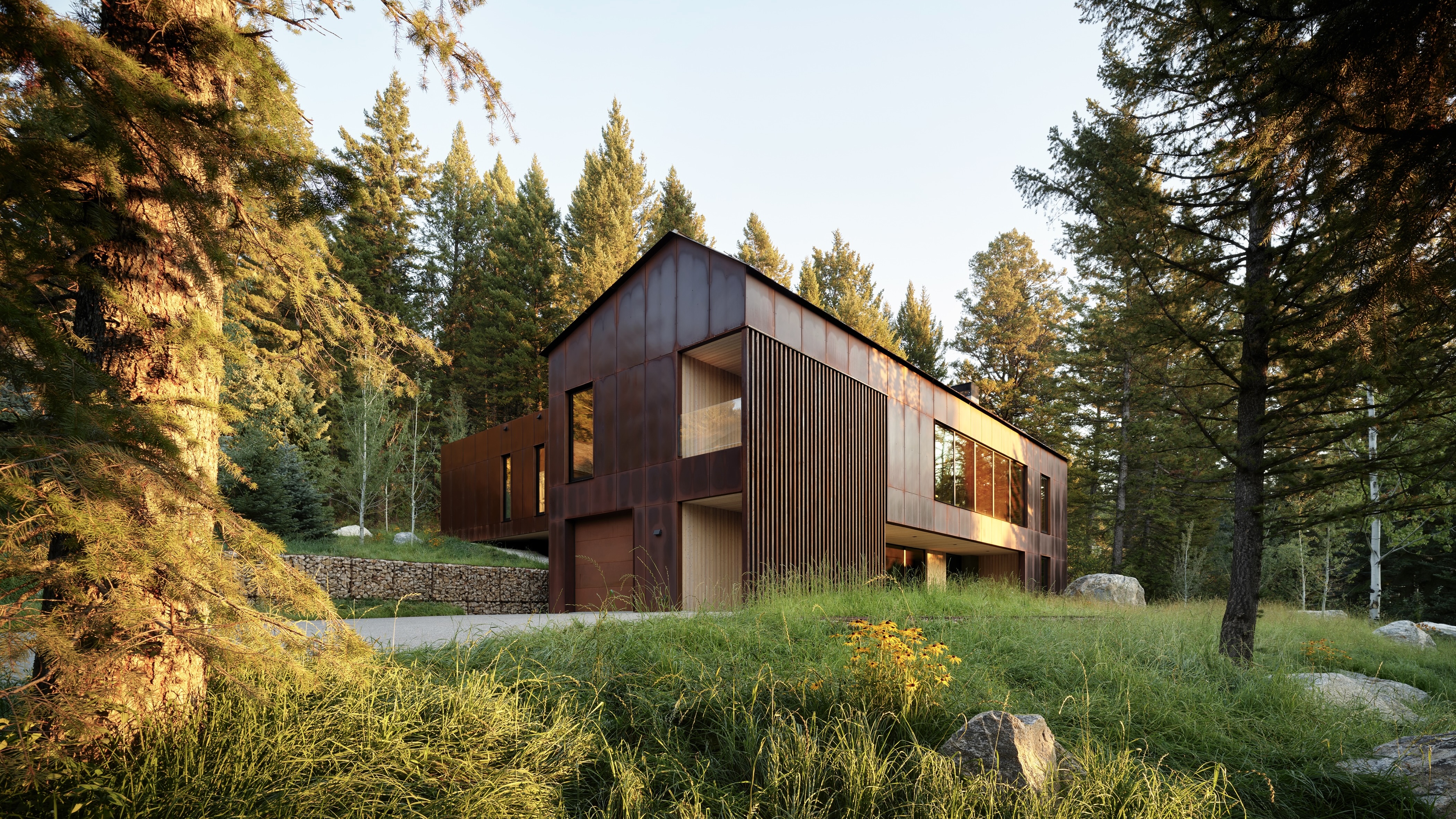 This minimalist Wyoming retreat is the perfect place to unplug
This minimalist Wyoming retreat is the perfect place to unplugThis woodland home that espouses the virtues of simplicity, containing barely any furniture and having used only three materials in its construction
By Anna Solomon
-
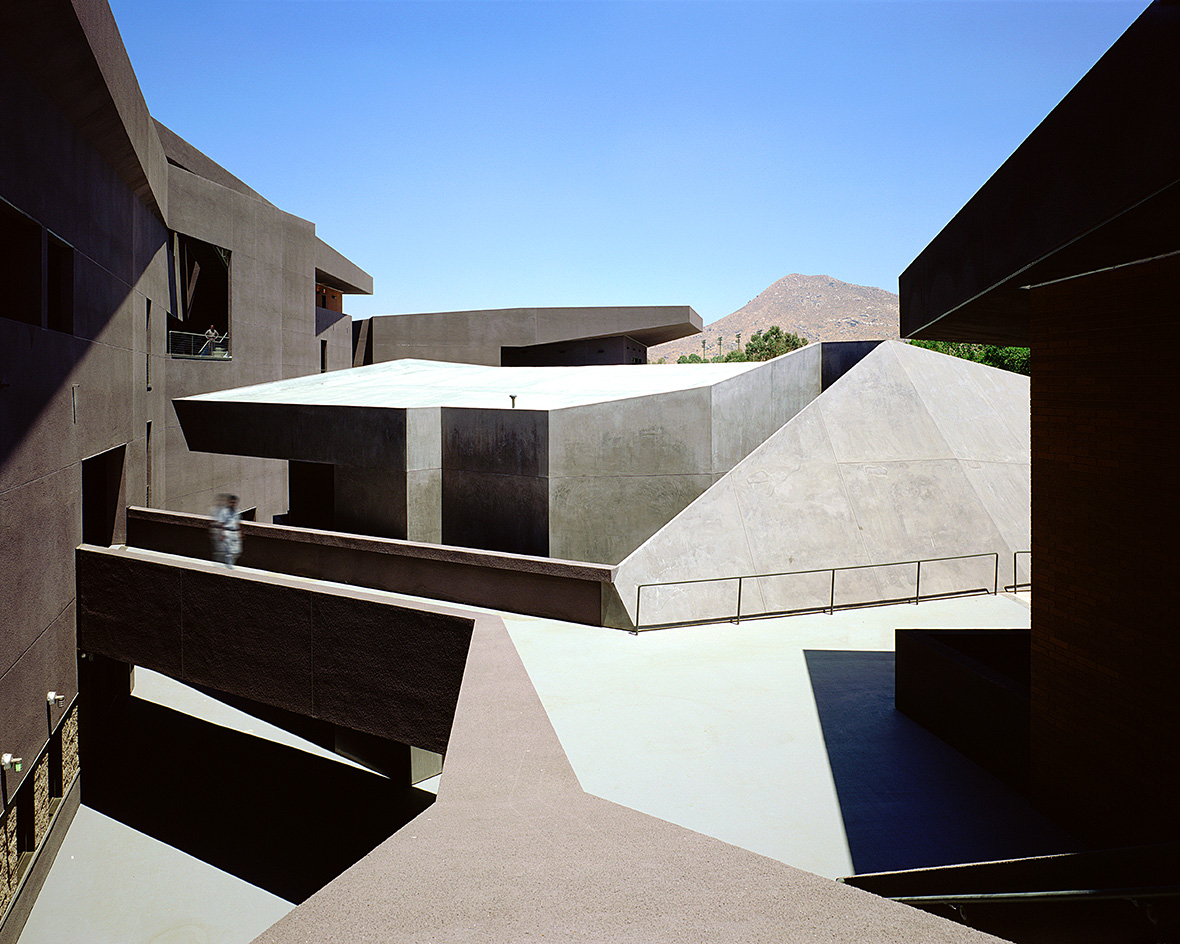 We explore Franklin Israel’s lesser-known, progressive, deconstructivist architecture
We explore Franklin Israel’s lesser-known, progressive, deconstructivist architectureFranklin Israel, a progressive Californian architect whose life was cut short in 1996 at the age of 50, is celebrated in a new book that examines his work and legacy
By Michael Webb
-
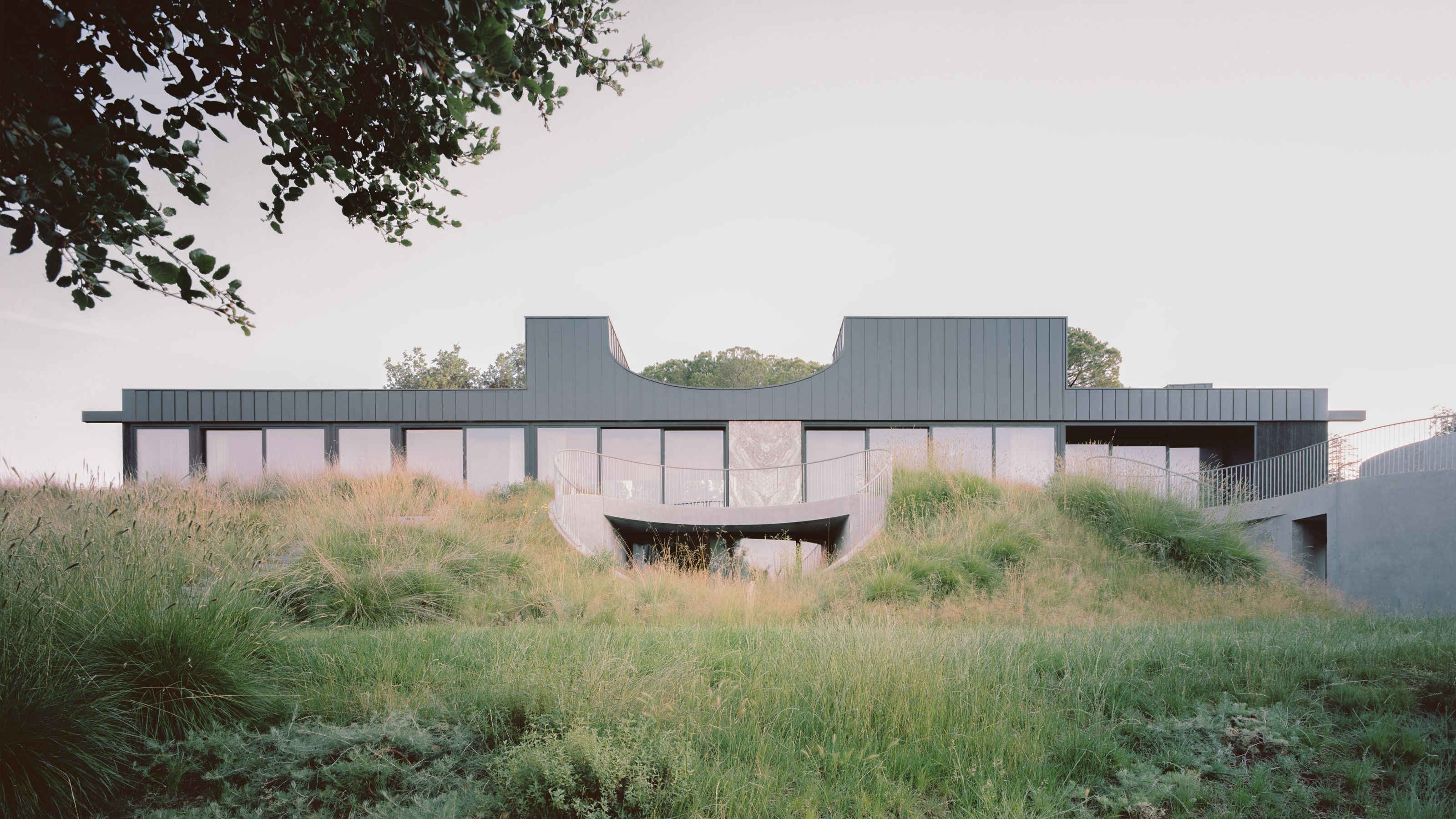 A new hilltop California home is rooted in the landscape and celebrates views of nature
A new hilltop California home is rooted in the landscape and celebrates views of natureWOJR's California home House of Horns is a meticulously planned modern villa that seeps into its surrounding landscape through a series of sculptural courtyards
By Jonathan Bell
-
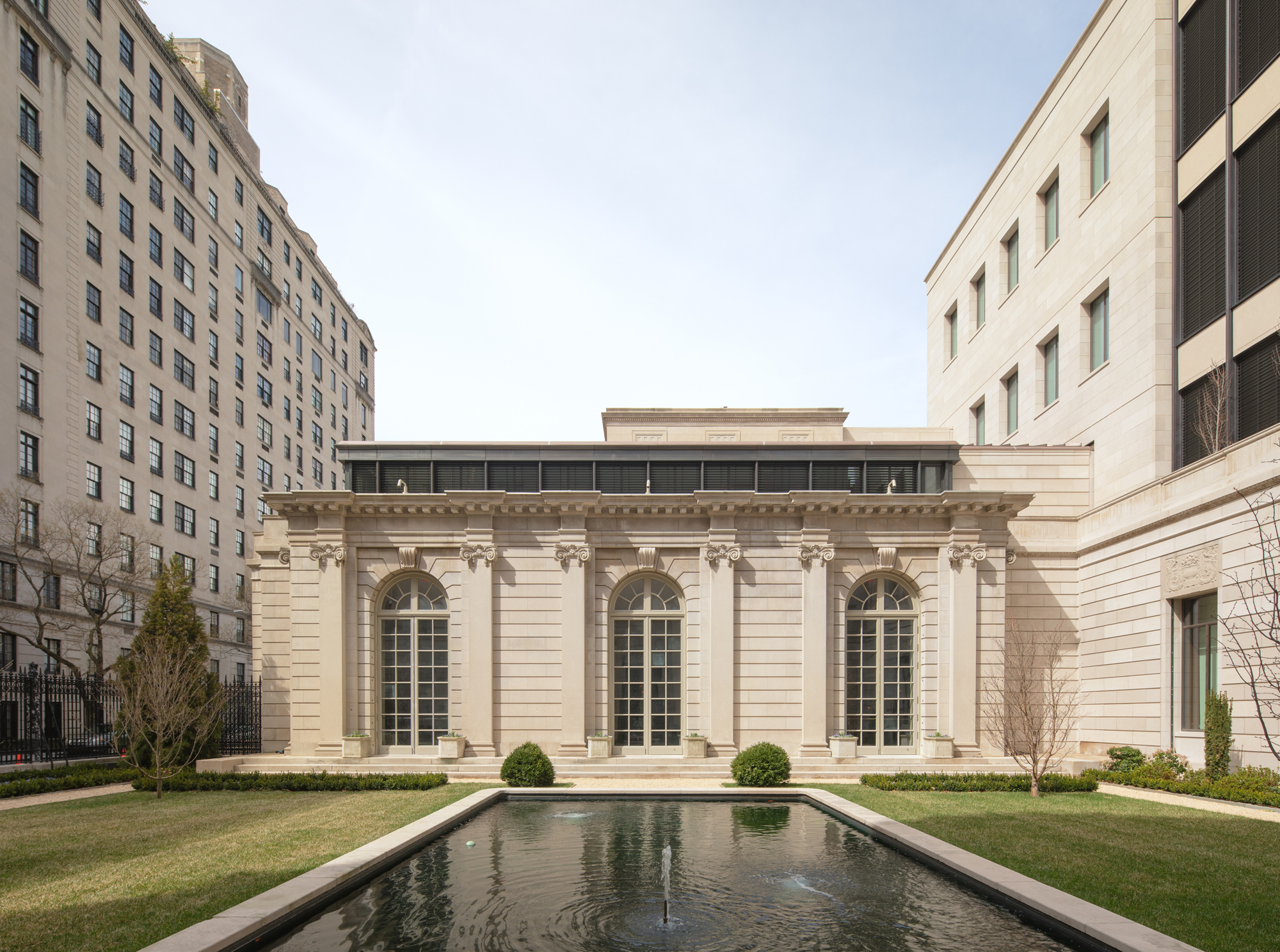 The Frick Collection's expansion by Selldorf Architects is both surgical and delicate
The Frick Collection's expansion by Selldorf Architects is both surgical and delicateThe New York cultural institution gets a $220 million glow-up
By Stephanie Murg
-
 Remembering architect David M Childs (1941-2025) and his New York skyline legacy
Remembering architect David M Childs (1941-2025) and his New York skyline legacyDavid M Childs, a former chairman of architectural powerhouse SOM, has passed away. We celebrate his professional achievements
By Jonathan Bell
-
 The upcoming Zaha Hadid Architects projects set to transform the horizon
The upcoming Zaha Hadid Architects projects set to transform the horizonA peek at Zaha Hadid Architects’ future projects, which will comprise some of the most innovative and intriguing structures in the world
By Anna Solomon
-
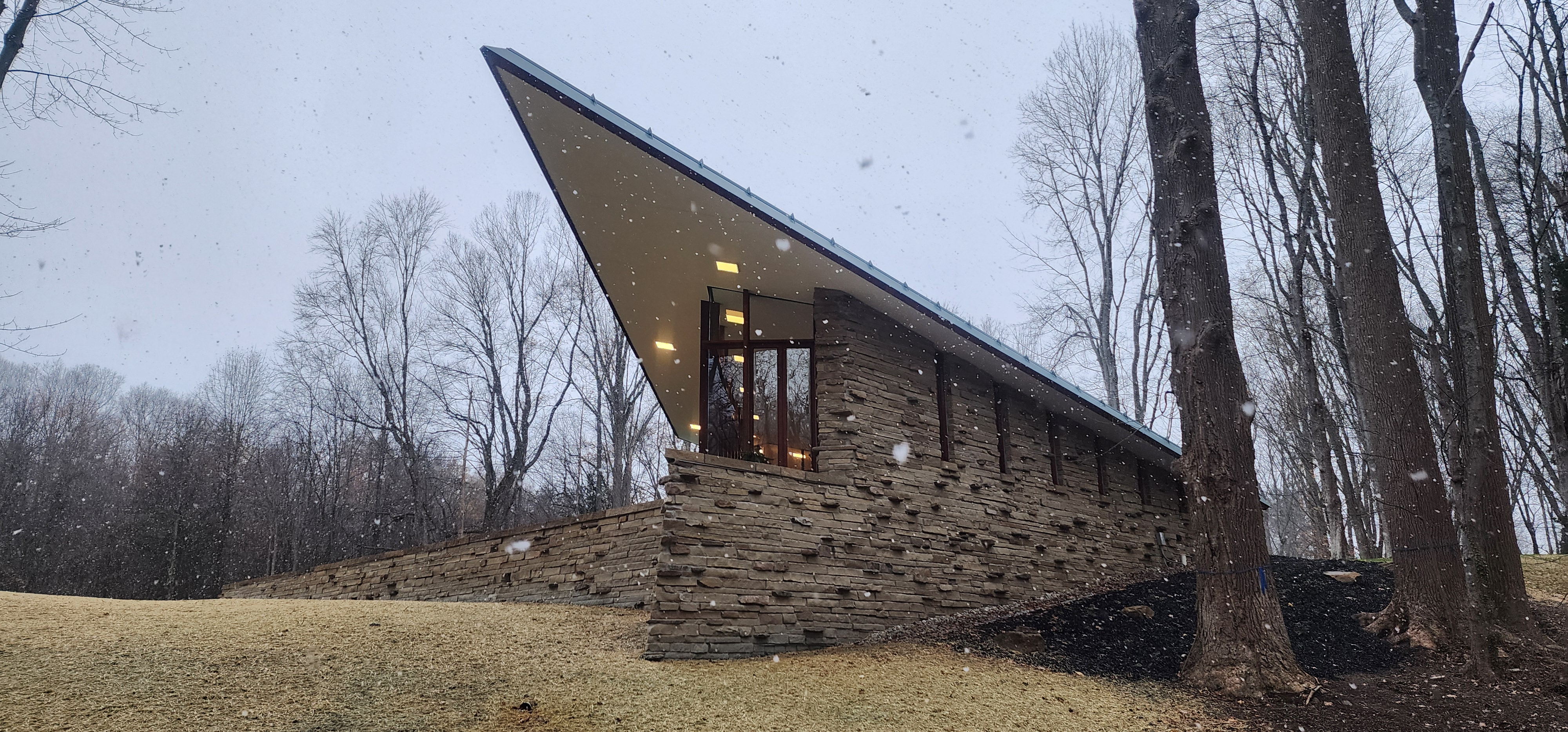 Frank Lloyd Wright’s last house has finally been built – and you can stay there
Frank Lloyd Wright’s last house has finally been built – and you can stay thereFrank Lloyd Wright’s final residential commission, RiverRock, has come to life. But, constructed 66 years after his death, can it be considered a true ‘Wright’?
By Anna Solomon
-
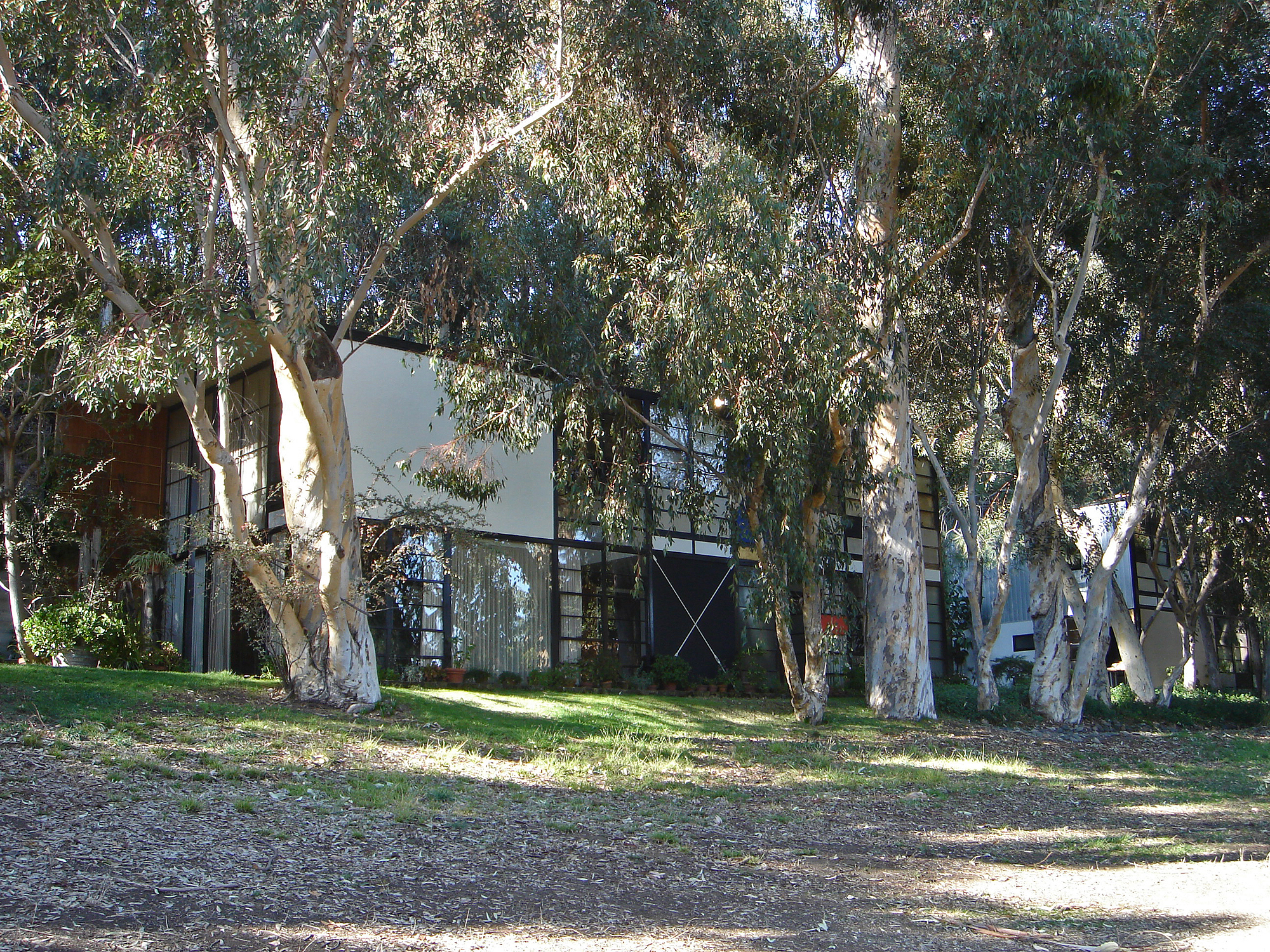 Heritage and conservation after the fires: what’s next for Los Angeles?
Heritage and conservation after the fires: what’s next for Los Angeles?In the second instalment of our 'Rebuilding LA' series, we explore a way forward for historical treasures under threat
By Mimi Zeiger